12 Grocery Items That May No Longer Be Worth the Cost in 2025
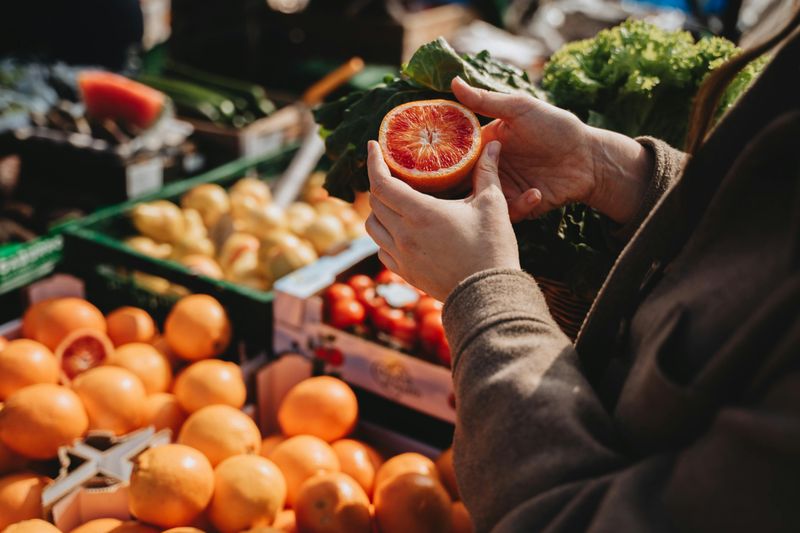
Grocery shopping has become a real wallet-buster lately, with some everyday items seeing shocking price increases. Many of us are finding our usual shopping lists costing way more than they used to, forcing tough choices at the checkout. The combination of inflation, supply chain problems, and environmental challenges has turned some once-affordable staples into luxury purchases.
1. Eggs
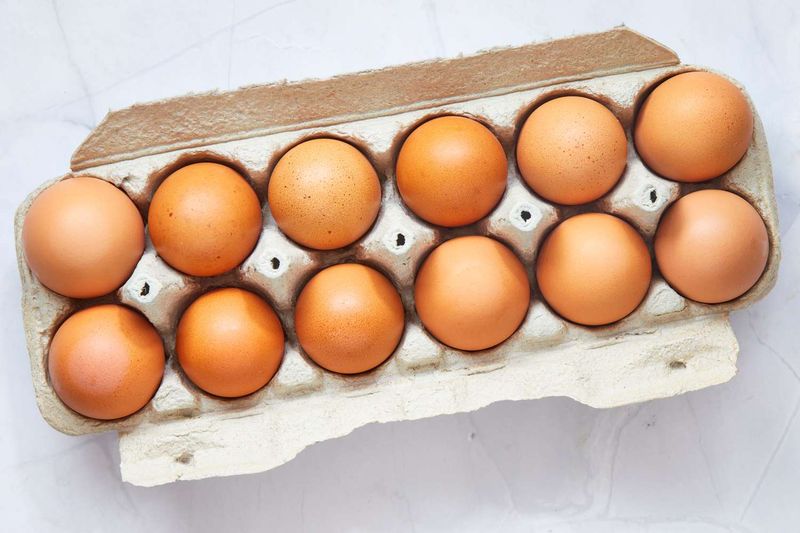
Remember when eggs were the ultimate affordable protein? Those days are sadly gone. Devastating avian flu outbreaks have decimated flocks across the country, drastically reducing supply while demand remains high.
Feed costs have also jumped significantly, hitting organic and free-range producers particularly hard. Many farmers have had to pass these expenses directly to consumers.
The result? What used to be a $2-3 carton might now cost you $5-7, especially for specialty varieties. For budget-conscious shoppers, eggs have transformed from a daily staple to an occasional treat.
2. Butter

Dairy farms nationwide are struggling with higher production costs and labor shortages, turning butter into a surprisingly expensive luxury. A pound of name-brand butter that once cost $3-4 now regularly exceeds $6-7 in many regions.
The cost increase hits hardest during holiday baking seasons when demand peaks. Store brands offer slightly better deals, but even those prices have climbed dramatically.
For many families, butter has become a special occasion purchase rather than a pantry staple. Some shoppers have switched to margarine alternatives, despite preferring butter’s taste and cooking properties.
3. Beef Cuts
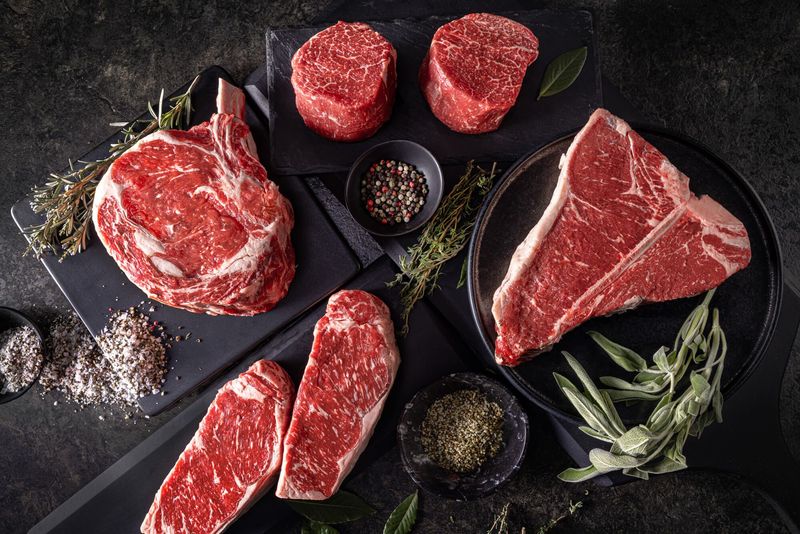
Beef prices have reached levels that would make even the most dedicated carnivore think twice. Droughts across cattle country have devastated feed crops, forcing ranchers to pay premium prices just to maintain their herds.
Processing plants face their own challenges with labor costs and safety regulations. Even ground beef, once the budget-friendly option, now regularly exceeds $6-7 per pound in many areas.
Premium cuts like ribeye and filet mignon have become special occasion splurges rather than regular dinner options. Many shoppers report switching to chicken or plant-based proteins to manage their food budgets.
4. Chicken
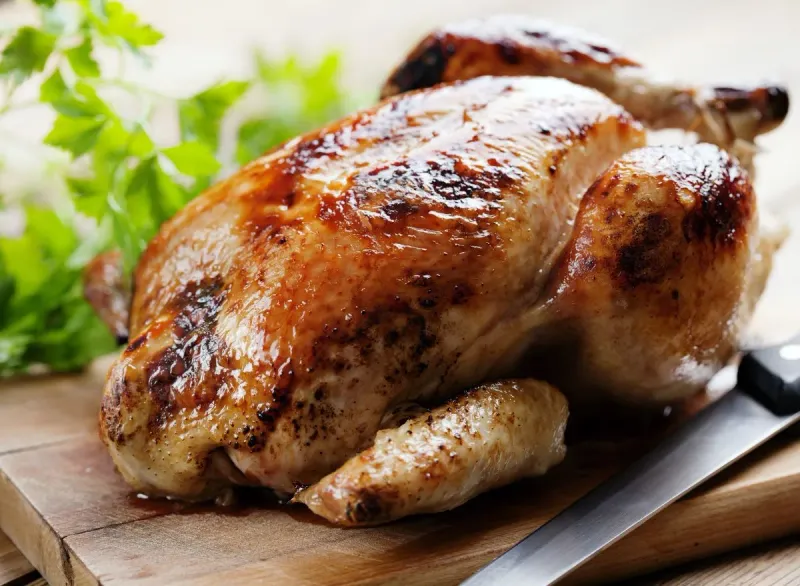
The humble chicken was long the budget-friendly protein that families could count on. Not anymore! Production costs have soared while processing plant issues have created bottlenecks in the supply chain.
Boneless, skinless chicken breasts now regularly exceed $5 per pound in many regions – nearly double their pre-pandemic prices. Pre-seasoned and ready-to-cook options command even steeper premiums, often approaching $8-9 per pound.
Many shoppers have switched to buying whole chickens and breaking them down themselves, though even those prices have climbed significantly. The days of chicken being the automatic affordable choice on the menu are sadly behind us.
5. Cheese
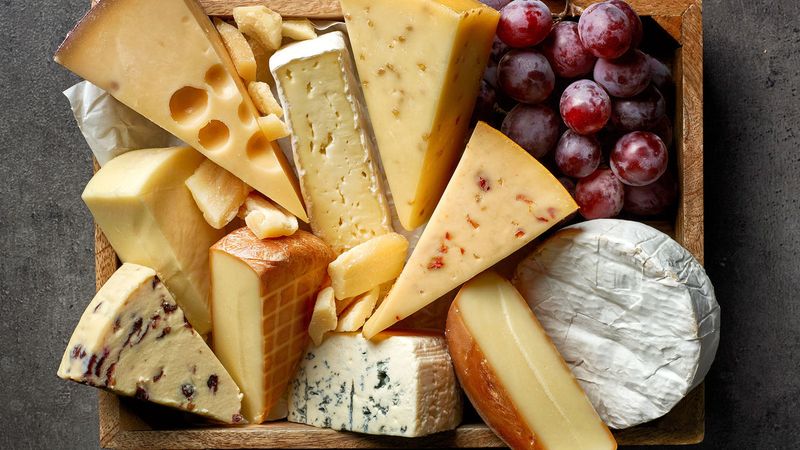
Cheese lovers are feeling the pinch as prices for their favorite dairy product continue climbing to unprecedented levels. A block of cheddar that once cost $3-4 now regularly exceeds $6-7, with specialty and imported varieties commanding even more premium prices.
The dairy industry faces multiple challenges: labor shortages, transportation costs, and increased international demand for American cheese products. Smaller artisanal producers have been hit especially hard, with some raising prices by 30-40% just to stay afloat.
Many shoppers report buying cheese less frequently or in smaller quantities, treating it as a special addition rather than an everyday staple.
6. Coffee

Your morning cup of joe now comes with an extra shot of sticker shock. Climate disruptions in major coffee-growing regions have devastated crops, significantly reducing global supply while demand continues rising.
A standard bag of whole beans that once cost $8-10 now regularly exceeds $14-16, with specialty and single-origin varieties often reaching $20 or more. Even basic grocery store brands have increased their prices substantially.
Many coffee lovers report downsizing their habits – brewing at home instead of buying at cafés, or choosing more affordable blends. Some have even started cutting their morning coffee with cheaper alternatives to make their beans last longer.
7. Olive Oil
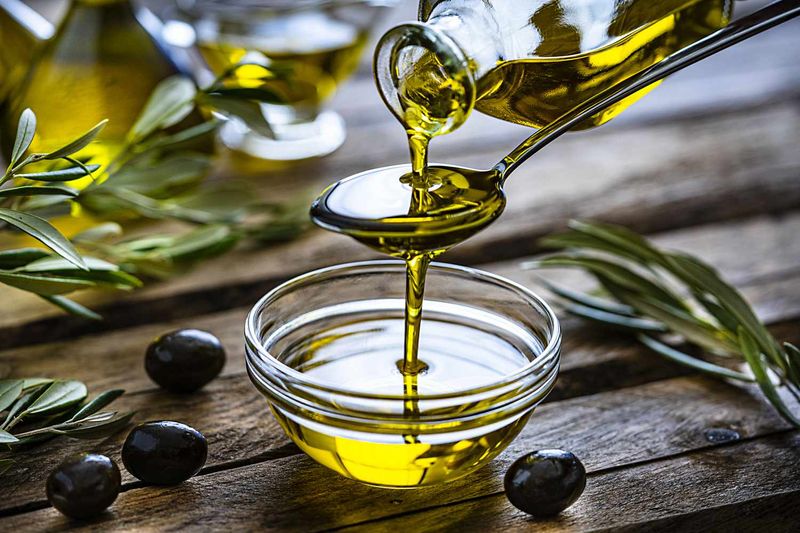
Mediterranean olive groves have suffered through devastating droughts and heat waves, decimating harvests across Spain, Italy, and Greece – the world’s primary producers. The result? Historic price increases that have shocked even seasoned shoppers.
A standard bottle of extra virgin olive oil that once cost $8-10 now regularly exceeds $15-18 in many stores. Even basic store brands have seen dramatic price jumps, with some increasing by 40% or more in just a year.
Many cooks have started rationing their olive oil use, saving it for finishing dishes rather than cooking, or switching to less expensive alternatives like canola or vegetable oil for everyday needs.
8. Cereal

The breakfast aisle has become a minefield of inflated prices. Popular cereal brands that once cost $3-4 per box now regularly exceed $5-6, with premium and organic varieties often reaching $7-8 or more.
Grain prices have climbed significantly, but that’s only part of the story. Packaging costs have increased while manufacturers have reduced promotional discounts and coupons that once helped shoppers save.
Many families report switching to store brands or buying in bulk when possible. Others have abandoned boxed cereals entirely, turning to oatmeal or homemade alternatives that offer better value. The days of affordable, convenient breakfast cereal seem increasingly like a thing of the past.
9. Orange Juice

Florida’s once-mighty orange groves have been devastated by citrus greening disease and extreme weather events, causing domestic production to plummet to historic lows. Brazilian producers face similar challenges, creating a global shortage of orange juice concentrate.
A carton of premium juice that once cost $3-4 now regularly exceeds $6-7 in many regions. Even from-concentrate varieties have seen dramatic price increases.
Many families report treating orange juice as an occasional luxury rather than a breakfast staple. Some have switched to cheaper juice blends or simply dropped juice from their shopping lists altogether, opting for water or less expensive beverages instead.
10. Bread and Baked Goods
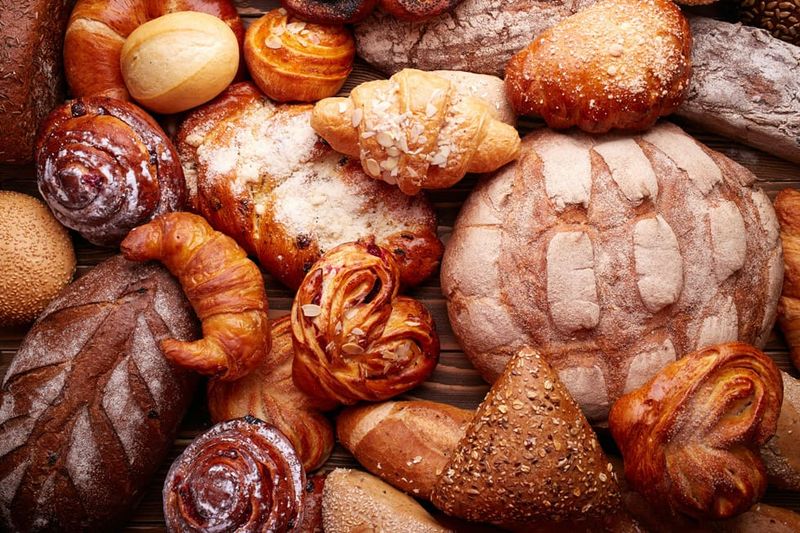
The humble loaf of bread has become anything but affordable. Wheat prices have surged due to global supply challenges, while bakeries face higher costs for everything from electricity to delivery services.
A standard loaf that once cost $2-3 now regularly exceeds $4-5, with artisanal and specialty breads often reaching $7-8 or more. Even basic white bread has seen significant price increases at most grocery chains.
Many shoppers report buying bread less frequently or freezing portions to make it last longer. Some have started baking at home, though even flour prices have climbed substantially. The days of affordable sandwich bread seem increasingly distant.
11. Frozen Pizza

Frozen pizza used to be the go-to solution for a quick, affordable meal. Those days are over! A standard frozen pizza that once cost $5-6 now regularly exceeds $8-10, with premium varieties often reaching $12-14.
Cheese, meat toppings, and wheat for crusts have all seen dramatic price increases. Meanwhile, manufacturers have reduced promotional discounts that once made these products more affordable.
Many shoppers note that frozen pizzas now cost nearly as much as delivery or takeout options, eliminating their primary advantage. Some families have switched to making homemade pizza or purchasing only when sales occur, treating what was once a convenient standby as an occasional splurge.
12. Snacks and Chips
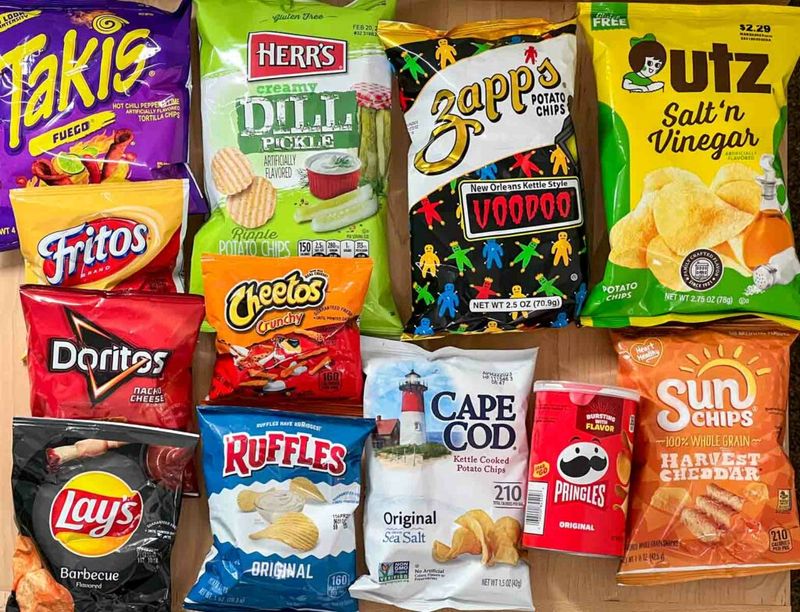
The snack aisle has become ground zero for “shrinkflation” – smaller packages sold at the same or higher prices. Brand-name chips that once came in 10-ounce bags now contain just 7-8 ounces while costing $4-5 – sometimes more!
Corn, potatoes, and vegetable oils used in production have all seen significant price increases. Meanwhile, packaging and transportation costs continue climbing, hitting snack foods particularly hard.
Many shoppers report switching to store brands or buying larger family-size packages when available for better value. Others have started making homemade alternatives or simply reducing their snack purchases altogether, treating chips as an occasional treat rather than a pantry staple.

Comments
Loading…